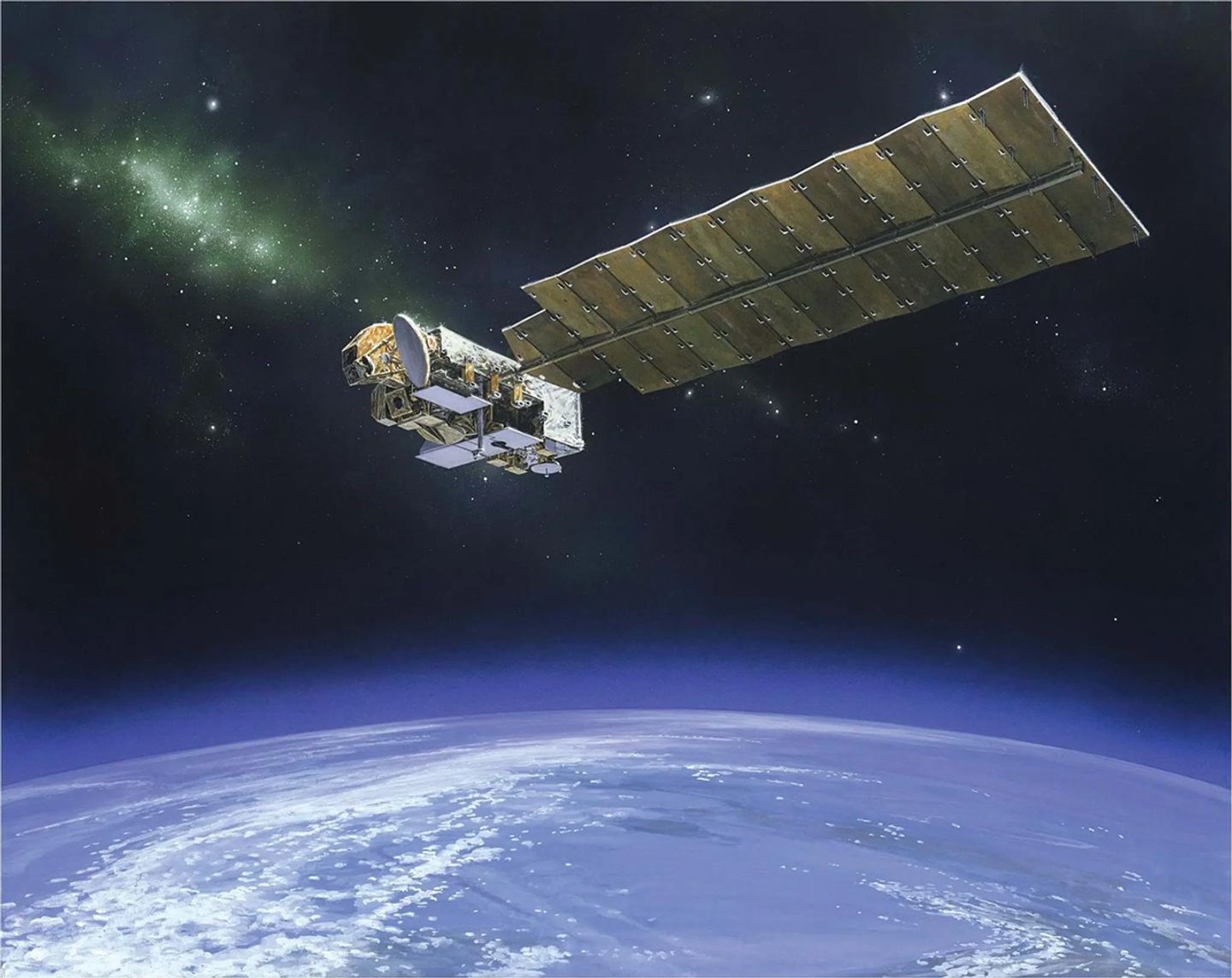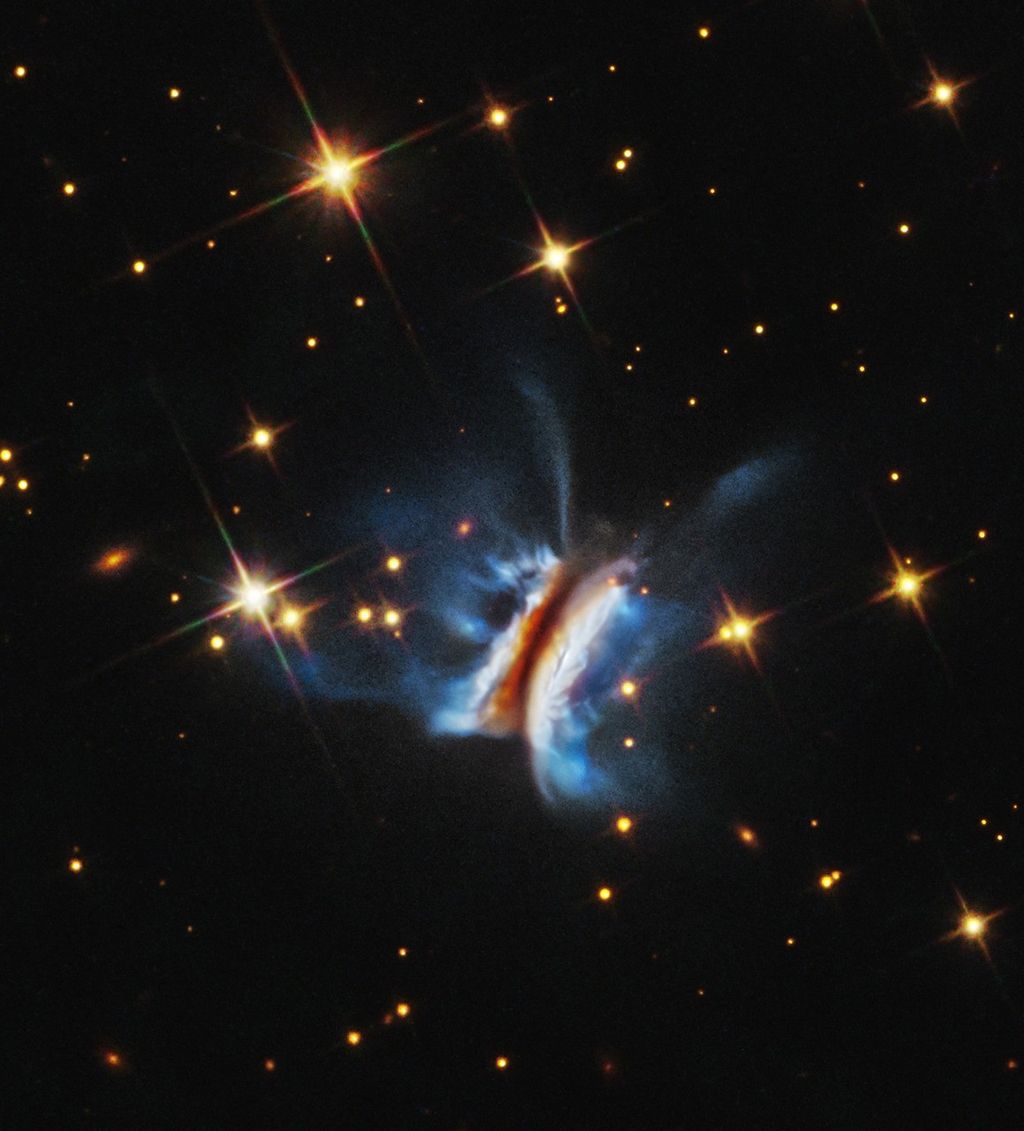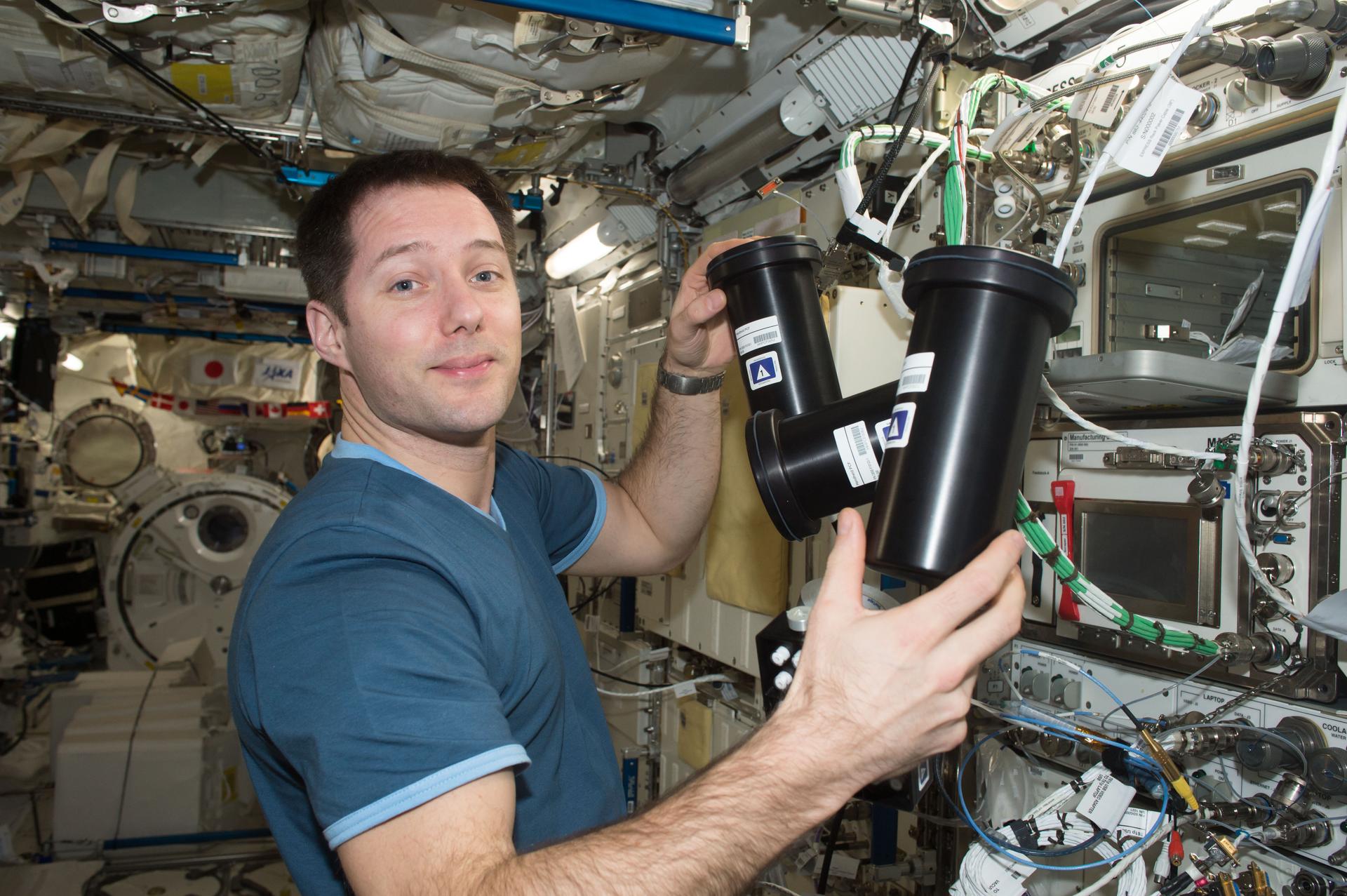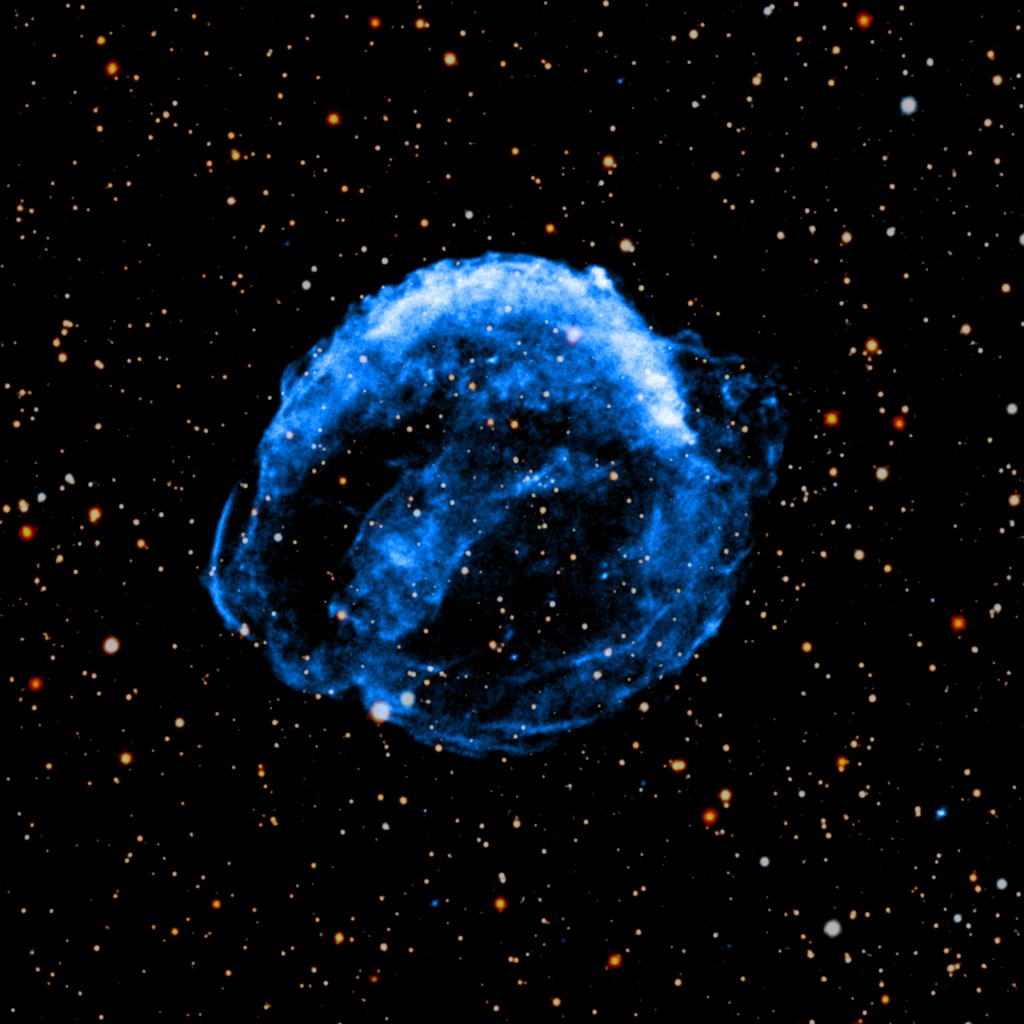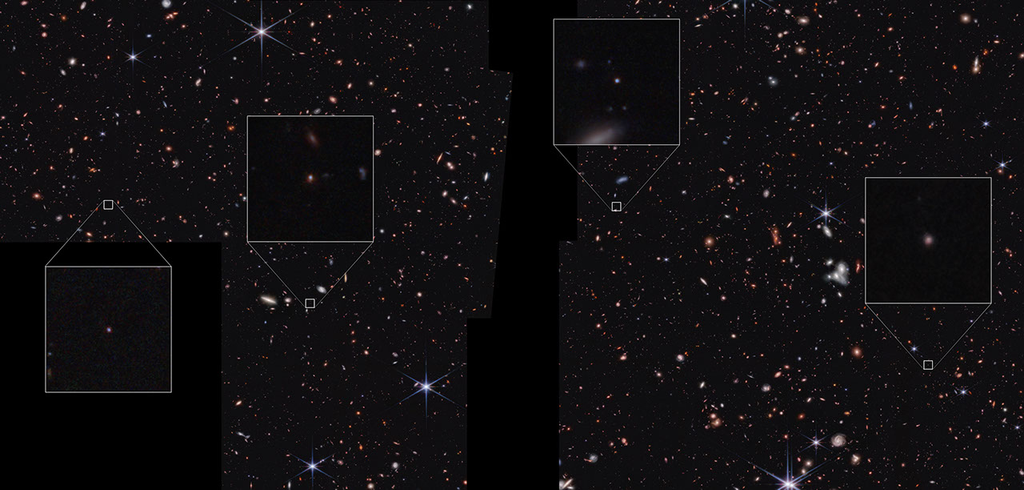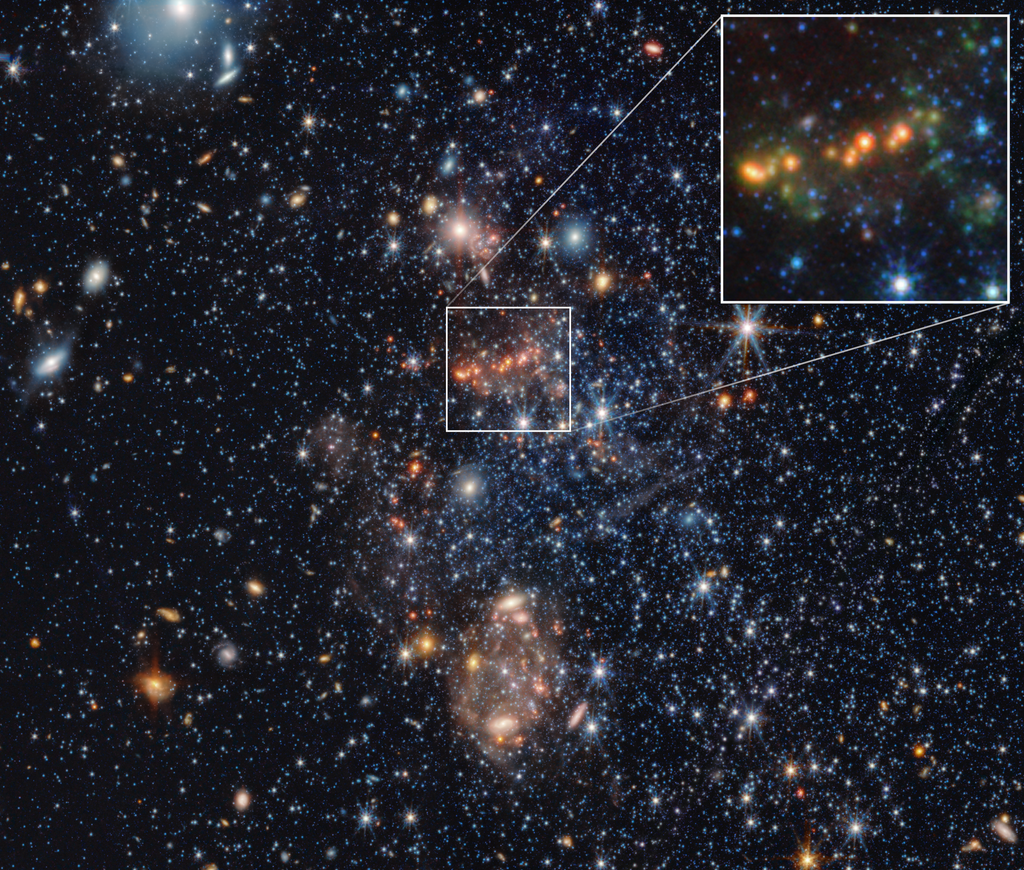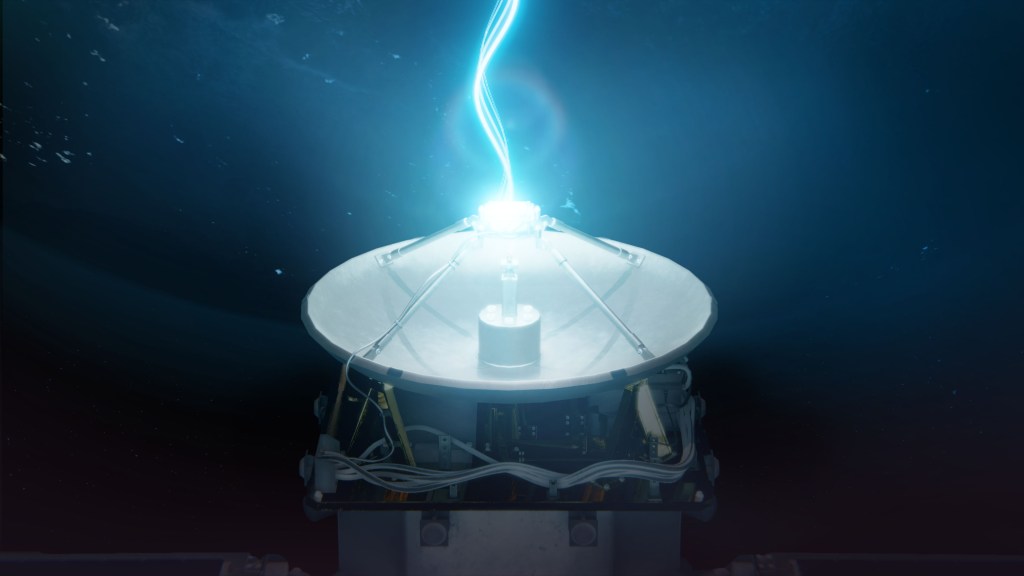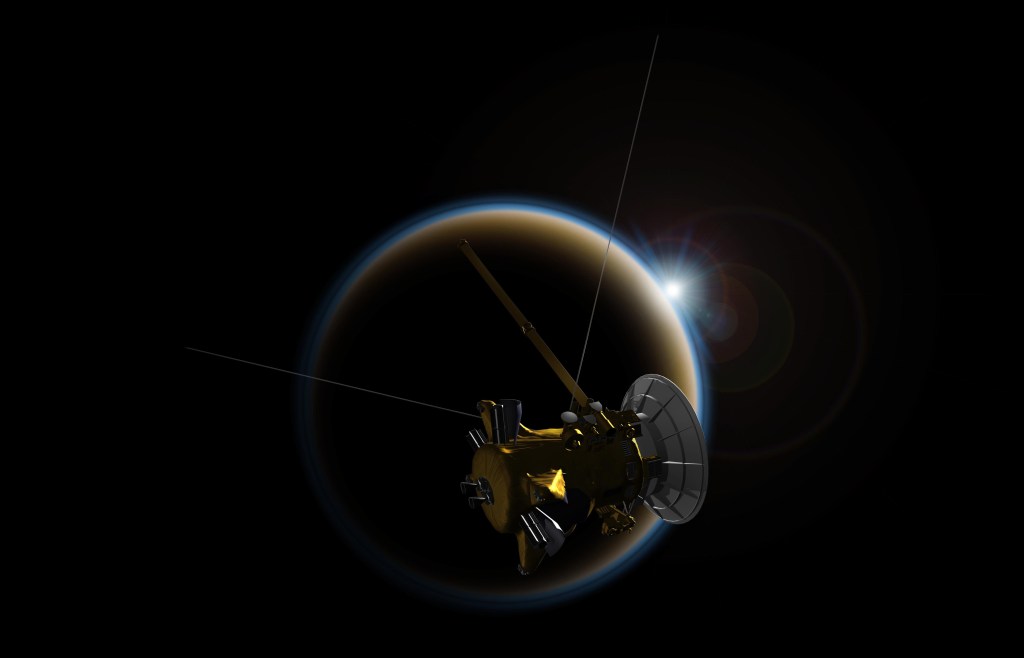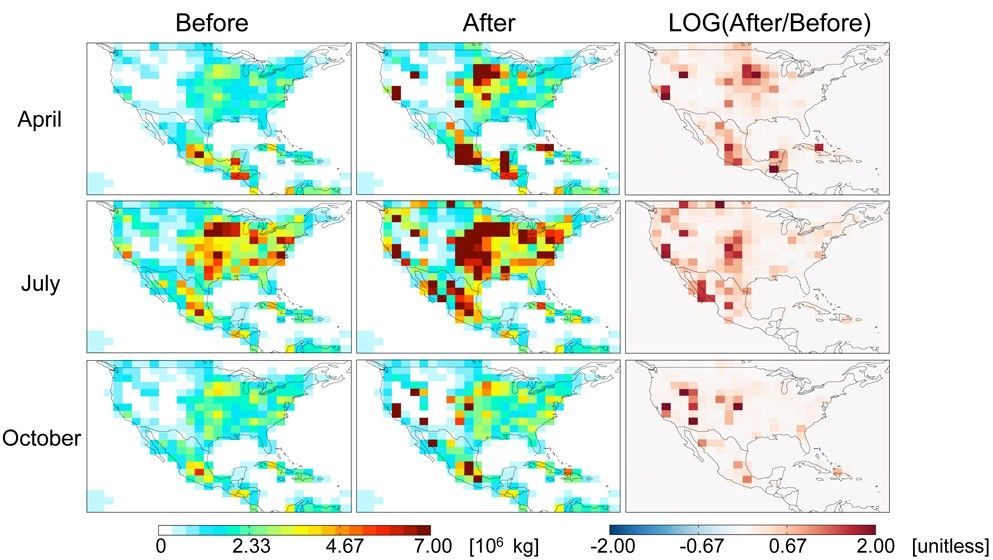TES Measurements Demonstrate Ammonia Emissions are Under-reported
As most people who live near or drive by livestock farms know, ammonia (NH3) pungently affects air quality. It is also involved in the formation of aerosol PM2.5 particles, which have adverse health effects, and impacts soil acidification, biodiversity, and the nitrogen cycle.
However, the widespread uncertainty in the magnitude and seasonality of ammonia emissions hinders the development of control measures.
Aura Tropospheric Emission Spectrometer (TES) NH3 data indicate that inventories of ammonia emissions are substantially lower than expected in several areas throughout the U.S.
References:
Zhu, L., D. K. Henze, K. E. Cady-Pereira, M. W. Shephard, M. Luo, R. W. Pinder, J. O. Bash, and G.-R. Jeong (2013), Constraining U.S. ammonia emissions using TES remote sensing observations and the GEOS-Chem adjoint model, J. Geophys. Res. Atmos., 118, 3355 - 3368, doi:10.1002/jgrd.50166.
June 2013
TES
Aura’s Tropospheric Emission Spectrometer (TES) was the first instrument designed to monitor ozone in the lowest layers of the atmosphere directly from space. Its high-resolution observations led to new measurements…
Learn More